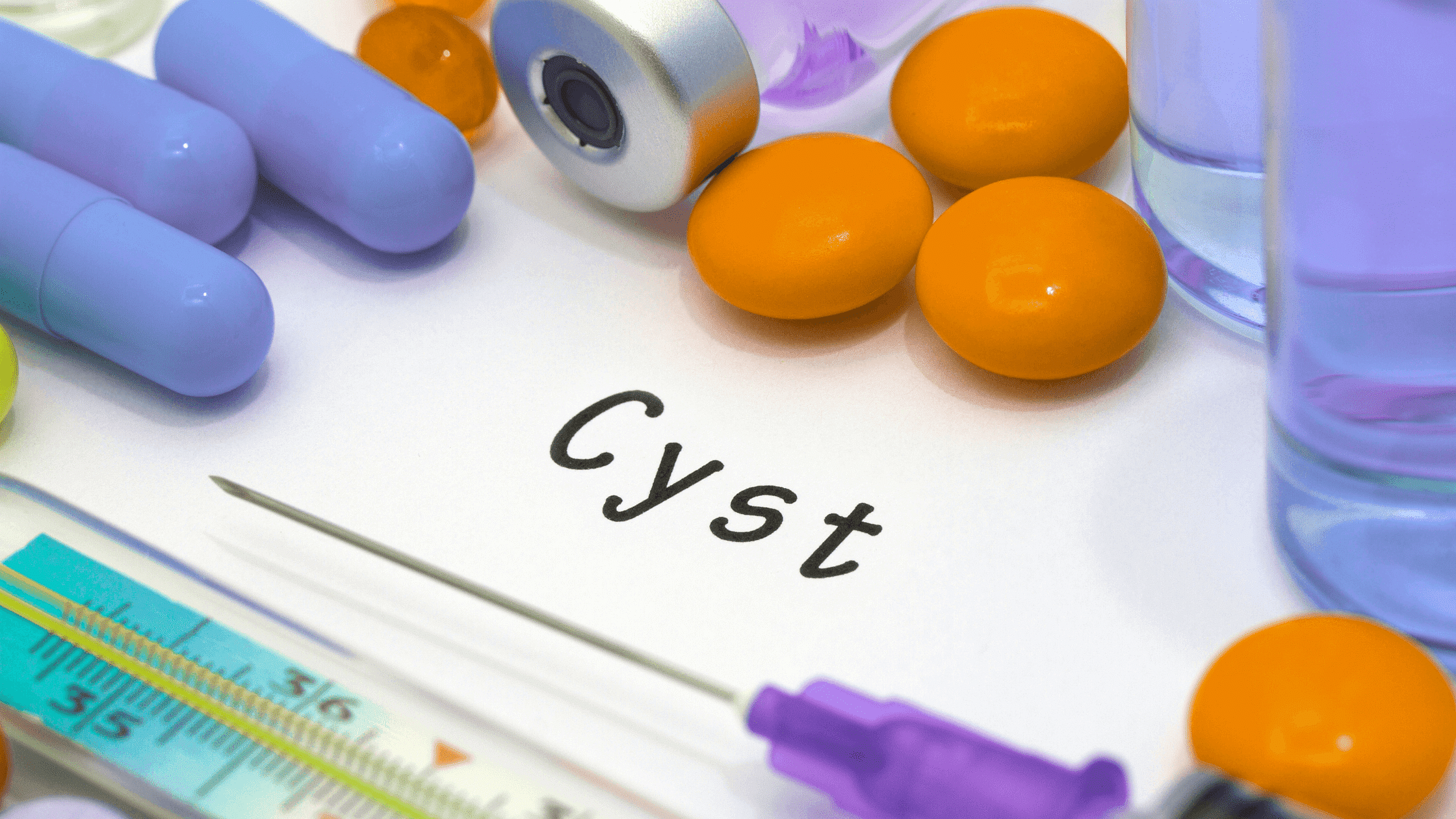Sebaceous Cyst on Scrotum: What is it, symptoms and treatment
A sebaceous cyst on the scrotum occurs when the sebaceous glands get filled with keratin material. A sebaceous cyst on the scrotum is benign and usually not a cause for concern.

What Is A Sebaceous Cyst?
Sebaceous glands produce sebum that protects your skin. These glands are present in hair-bearing skin, including the scrotum. They are also known as epidermoid cysts.
A sebaceous cyst on the scrotum occurs when the sebaceous glands get filled with keratin material.
A sebaceous cyst on the scrotum is benign and usually not a cause for concern.
In some cases, you may also find an epidermoid cyst on the penile shaft or a cyst on the penile foreskin. This could make the foreskin hard to pull back and may even lead to a foreskin tear.
Also read: Tight foreskin penis treatment
What Does A Sebaceous Cyst Look Like?
A sebaceous cyst on the scrotum is a yellowish, whitish, or skin-coloured nodule. It is usually the size of a pea but may vary in size. They occur in groups or are present as a single cyst.
In some cases, multiple sebaceous cysts are present all over the scrotum, making it look like cauliflower or a bunch of grapes.
Sebaceous Cyst Symptoms
Scrotal sebaceous cysts are usually painless. They appear as pale-coloured bumps which are movable under the skin.
They become painful when infected and may even burst to discharge pus.
Other symptoms include:
- A tiny, central blackhead
- Thick, yellow, and smelly discharge
- Swelling, redness, or tenderness around the cyst
Signs that may indicate the need for prompt medical care are:
- Pain
- Rapid growth
- Discharge from the cysts
- Redness and swelling that indicate inflammation
Why Are There Multiple Sebaceous Cysts On My Scrotum?
Multiple sebaceous cysts on the scrotum are a rare occurrence.
Sebaceous cysts are primarily caused by blockage of the duct of the sebaceous glands, mainly due to trauma.
High levels of testosterone or a hereditary tendency of forming cysts are among other reasons for multiple cysts on your scrotum.
Research suggests that infected multiple scrotal cysts should be treated immediately if infected.
So, if you notice pain or other symptoms, it is best to get them examined by a doctor.
What Is The Treatment For A Sebaceous Cyst On The Scrotum?
As sebaceous glands are usually painless, they do not require any treatment.
In many cases, the sebaceous cyst on the scrotum resolves through a warm compress performed multiple times a day. It causes the cyst to be reabsorbed in the body or drain by itself.
However, in some cases, the cyst gets infected and may cause pain and discomfort. It may also grow large enough to cause discomfort or embarrassment by interfering with daily activities or rubbing on your clothing.
In such cases, the following treatment options are available:
Medications
If you have a sebaceous cyst on the scrotum, you should visit a urologist. They specialise in male genitourinary and reproductive systems. They will examine you and decide the right option for you. A urologist can also help you with a sebaceous cyst on the penis or a cyst under the foreskin.
You may be given medicines to manage pain and other symptoms.
Oral antibiotics are helpful where the scrotal sebaceous gland is infected with bacteria. Injecting the cyst with a corticosteroid medication may be required to reduce the inflammation and pain. Steroids are usually used when antibiotics cannot manage the infection and symptoms of pain and discomfort.
Also read: What is Balanitis?
Surgery
Sebaceous cyst excision is a minor procedure that can be carried out in an outpatient department.
However, it is essential to remember that the complete removal of the cyst is essential. If not done so, it may recur.
Different procedures for removing a sebaceous cyst on the scrotum include:
- Conventional wide excision ensures complete removal of the cyst and is the best option to prevent a recurrence. The only downside of this option is a long scar.
- Minimal excision: It leaves a minimal scar, but the cyst may recur if not eradicated. It is usually carried out in cases where the active infection is present. Minimal excision is also a preferred choice where the patient wants optimal cosmetic results.
- Laser with punch biopsy excision: The doctor uses a laser to create a small hole to remove the content of the cyst. One can remove the wall of the sebaceous cyst after a month. It is an alternative approach where complete excision needs to be delayed.
After removing the cyst through either procedure, the doctor will prescribe antibiotic ointment to prevent any infection until it heals completely. You may also be given a cream to prevent or reduce the appearance of the scar.
Other precautions to be followed after the surgery:
- Avoid sports and strenuous activities for a week.
- Make sure you wear the correct type of underwear
- A surgical scar may take about eight weeks to get 80% of the tensile skin strength.
References
(2019) International Archives of Biomedical and Clinical Research

